Of the 900 points accrued by Johann Zarco in his MotoGP career so far, only three came on a Honda RC213V.
Considering that he had three starts with the bike, and that points have been assessed to the entire top 15 on Sundays for the duration of his premier-class career, that stint is a mere footnote in his MotoGP CV – relegated to the status virtually overnight when Honda figured the merits of his three-race tryout in late 2019 did not outweigh the upside in bringing in Moto2 champion (and, crucially, brother of its talisman Marc) Alex Marquez instead for the following year.
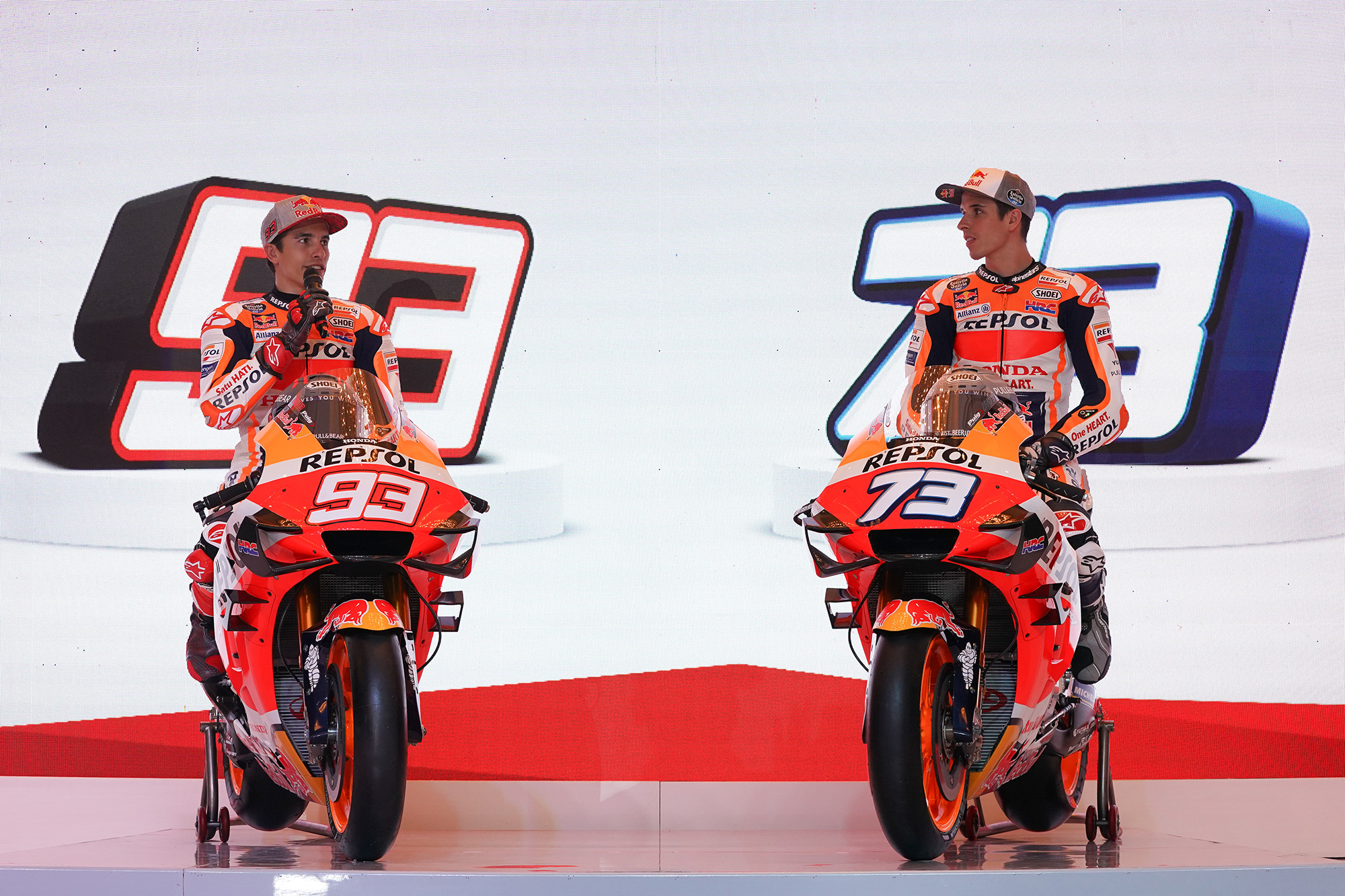
Four years later, though, Zarco’s on the market again and Honda has a vacancy (or multiple vacancies) to fill again. It is possible – but seemingly much further from a sure thing than it seemed – that they’ll come together for more than just a handful of races this time.
Zarco’s availability stems from Ducati limiting itself to factory bikes at just the works team and Pramac, and holding a seat at the latter for Marco Bezzecchi. Bezzecchi could yet turn down the newer spec to stay at VR46, though, which would open the door for Zarco to stay on what he and everyone else describes as the “best bike” on the grid, and the one most useful for his pursuit of a long-awaited first premier-class win.
It all adds up to a situation where, unlike in 2019, it is Zarco who is so obviously the prized asset in the equation rather than the Honda RC213V.
Though LCR team boss Lucio Cecchinello says it was Zarco’s representatives that initiated talks for 2024, The Race has heard that Zarco-to-Honda would entail a significant financial commitment from Honda, at least relative to what Zarco is currently on at Pramac Ducati.
Intuitively, the situation is clear. Zarco’s stock was at an all-time low in 2019 – Honda’s is now. He was ‘damaged goods’ then after his KTM split – the RC213V, very literally most of the time, is now.
Yet while why Honda would want Zarco now is a total no-brainer, revisiting that 2019 situation sets up an interesting question: was letting Zarco slip through the cracks one of those many missteps that all added up to leave Honda in the hole that it finds itself in now?
The Honda decision
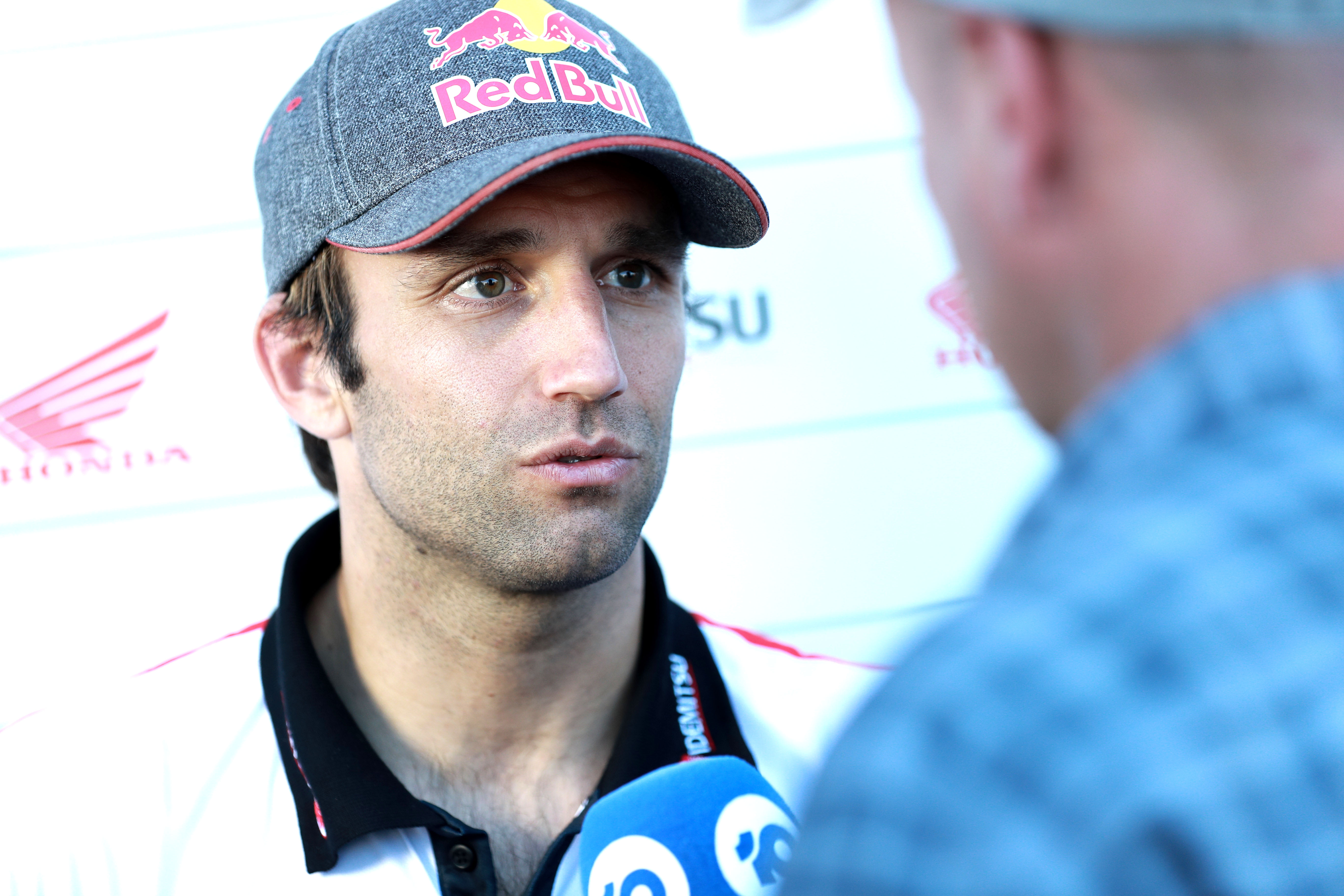
Given his successes as a satellite Yamaha rider, Zarco was already an interesting option for the Honda camp to consider in the later stages of 2019 – and that’s before you account for Jorge Lorenzo’s situation at that time, the three-time MotoGP champion banged up and drained of confidence and representing no real line-up security for Honda for 2020 despite his existing contract.
Indeed, Lorenzo would wind up walking away, a development that left Zarco as one of three logical options to replace him with at the Repsol Honda team, along with then-LCR rider Cal Crutchlow and the younger Marquez.
In that line-up, a post-Yamaha Zarco would’ve been your ‘path of least resistance’, the safest choice.
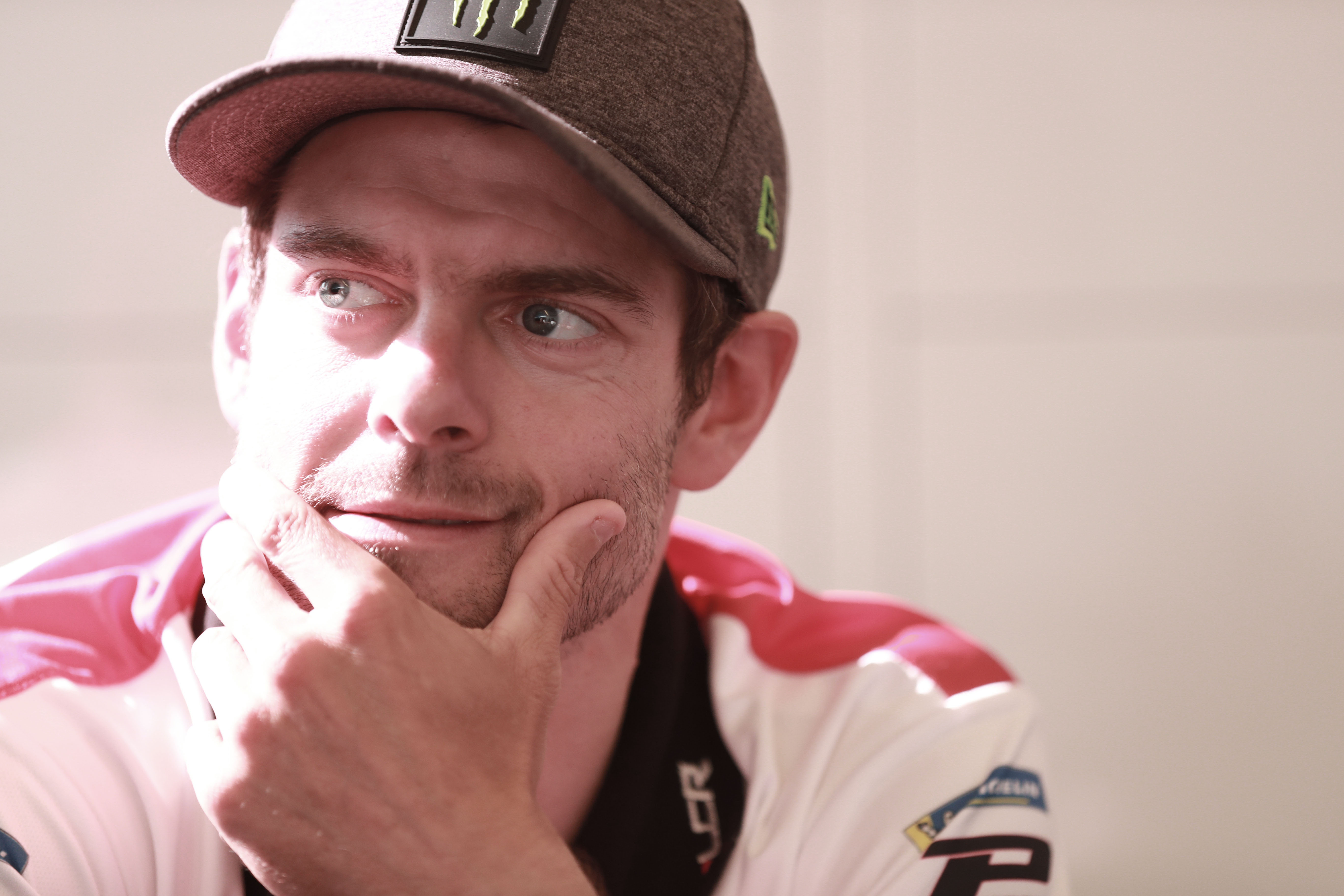
Crutchlow had been good on a satellite Honda, but had a long-standing relationship with Monster Energy (clashing with the Honda works team’s Red Bull backing) and was perhaps too much of a colourful personality to be expected to slot in seamlessly as the dutiful number two to Marc Marquez. And Alex Marquez risked being burned by an immediate placement in arguably MotoGP’s most visible team.
Except, well, it wasn’t post-Yamaha Zarco as the alternative option, it was post-KTM Zarco, coming off a humbling, potentially career-defining failure, in which he disagreed with the KTM RC16 bike (one at that point so often likened to a rawer RC213V) so much that he asked for an early release from his contract – and was then stood down even earlier than that effectively because KTM felt he was dour enough that keeping him around would negatively affect the team.
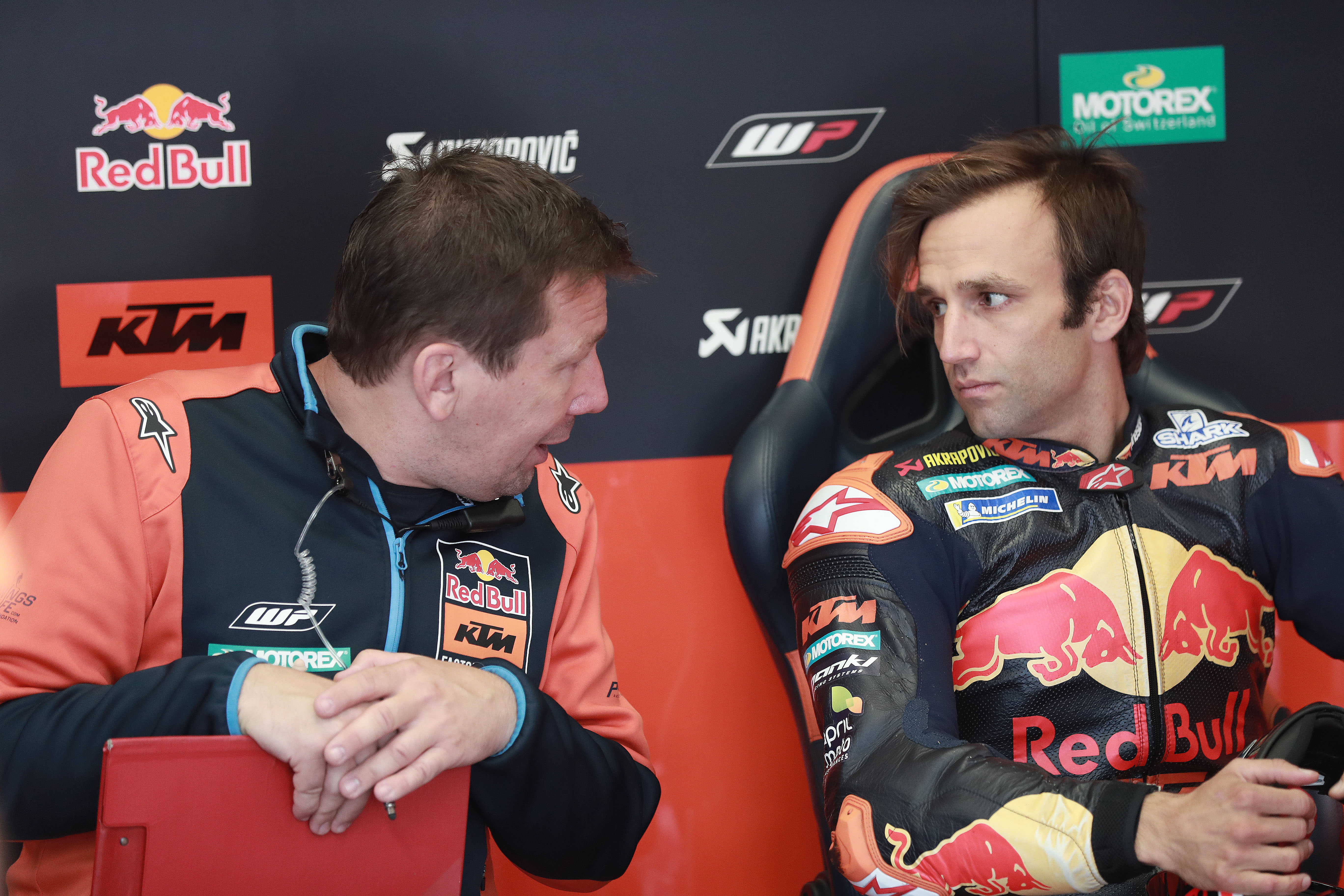
In that context, having Zarco bounce back into such a coveted seat was seen by many as a questionable fit and/or plainly undeserved – see Aleix Espargaro, who lambasted his approach at KTM as “not professional”.
Whether that element was more or less concerning to Honda than the simple fact Zarco was dreadfully slow on the KTM, the fact was that it did not take very long for it to pull the trigger on committing to an all-Marquez line-up instead – and, with LCR locked down, leave Zarco to explore other opportunities.
The three-race tryout
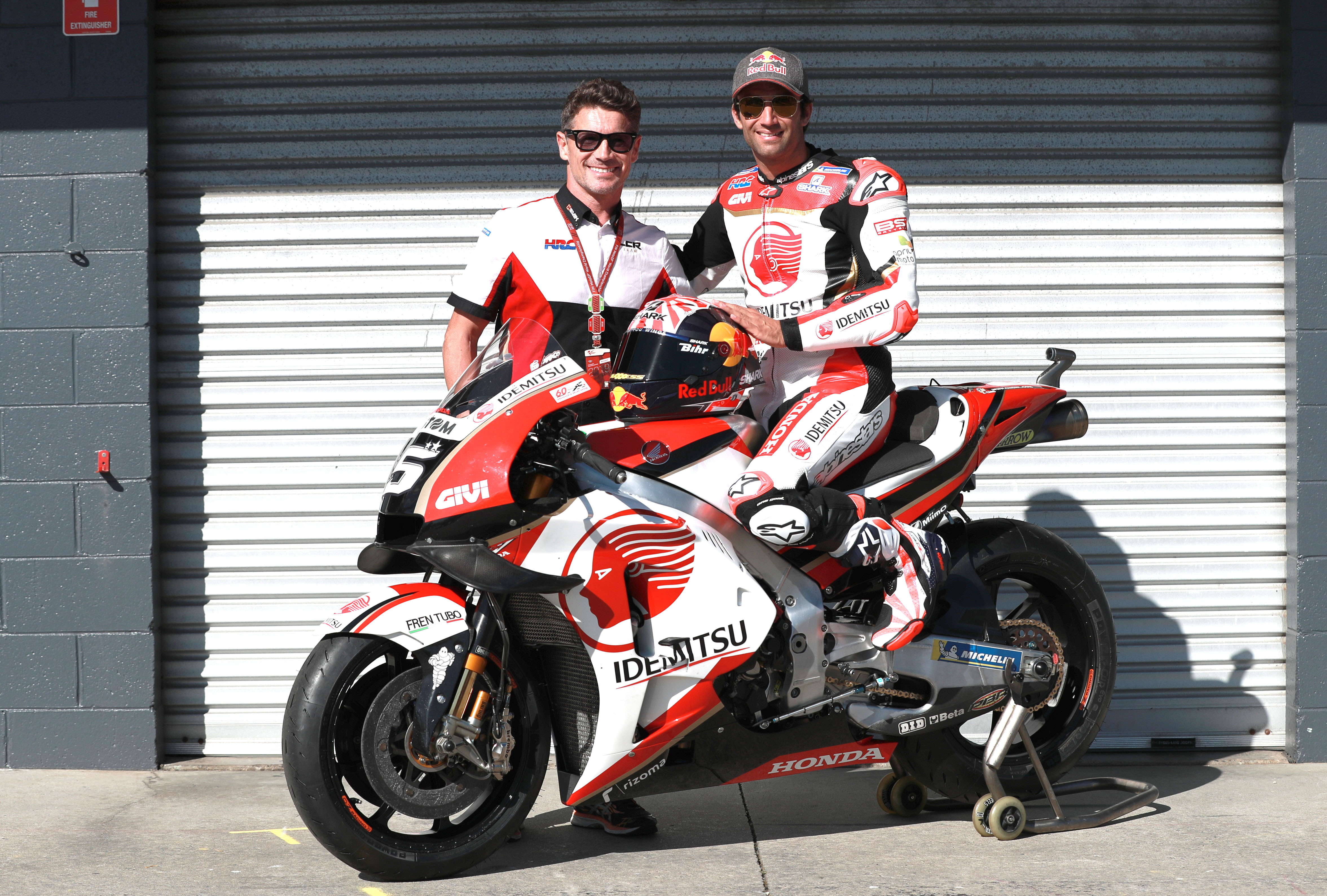
The three grands prix Zarco got in Japanese sponsor Idemitsu’s colours in place of Takaaki Nakagami, sidelined by a planned, season-ending shoulder surgery, clearly did not sway Honda.
They yielded the aforementioned three points, one Q2 appearance, a relative pace downgrade compared to Nakagami yet effectively the same place in the Honda hierarchy – third-fastest, behind Marc Marquez and Crutchlow but ahead of the winding-down Lorenzo.
In 2023, one Q2 appearance in three races would be quite good for a Honda rider! In 2019, with Ducati not yet in its juggernaut form and KTM and Aprilia only intermittently a factor, it was not so impressive.
But it was no embarrassment either – and the passage of time has only painted Zarco’s late-2019 efforts in a better light.
Zarco’s fastest lap compared to fastest Honda (all weekend)
Australia
Marquez 1m29.216s
Zarco 1m30.008s (+0.792s)
Malaysia
Crutchlow 1m58.951s
Zarco 1m59.139s (+0.188s)
Valencia
Marquez 1m30.010s
Zarco 1m30.826s (+0.816s)
It was three fairly unique tracks to assess Zarco on – Sepang being arguably the more conventional venue compared to the high-speed, windy Phillip Island and the compact and cold Circuit Ricardo Tormo, and also being the race where Zarco was definitely at his most competitive.
At Phillip Island, with wind so bad one of the practice sessions was cut short because of it, Zarco brought the bike home in a somewhat attrition-aided 13th. At Valencia, he ran 11th when he fell off at the same corner where moments before Danilo Petrucci had crashed and moments after debutant Iker Lecuona would crash, his KTM catching Zarco unawares and triggering a ghastly somersault but thankfully no serious injury.
😳😳😳
Johann Zarco is wiped out by a bike coming into the gravel!
Thankfully he appears unhurt…
This could've been really nasty. #ValenciaGP pic.twitter.com/5tGH7feeMG
— MotoGP on TNT Sports (@motogpontnt) November 17, 2019
At Sepang though, he was well on course for a top 10 when he was nudged off the bike in one of those Suzuki-agility-creates-collision-course crashes, with next year’s champion Joan Mir.
An important asterisk is that, unlike all the other Hondas in the field on those weekends, Zarco was riding a year-old Honda, the 2018 version that Marquez, Lorenzo and Crutchlow all seemed to view as more competitive at its peak but less compliant.
This will have come into Honda’s thinking, as while the spec gap may reflect better on Zarco in terms of laptime, it could also explain why he was able to be reasonably competitive coming in mid-season, something Honda may have doubted would’ve been the case with more up-to-spec machinery.
Proof of concept
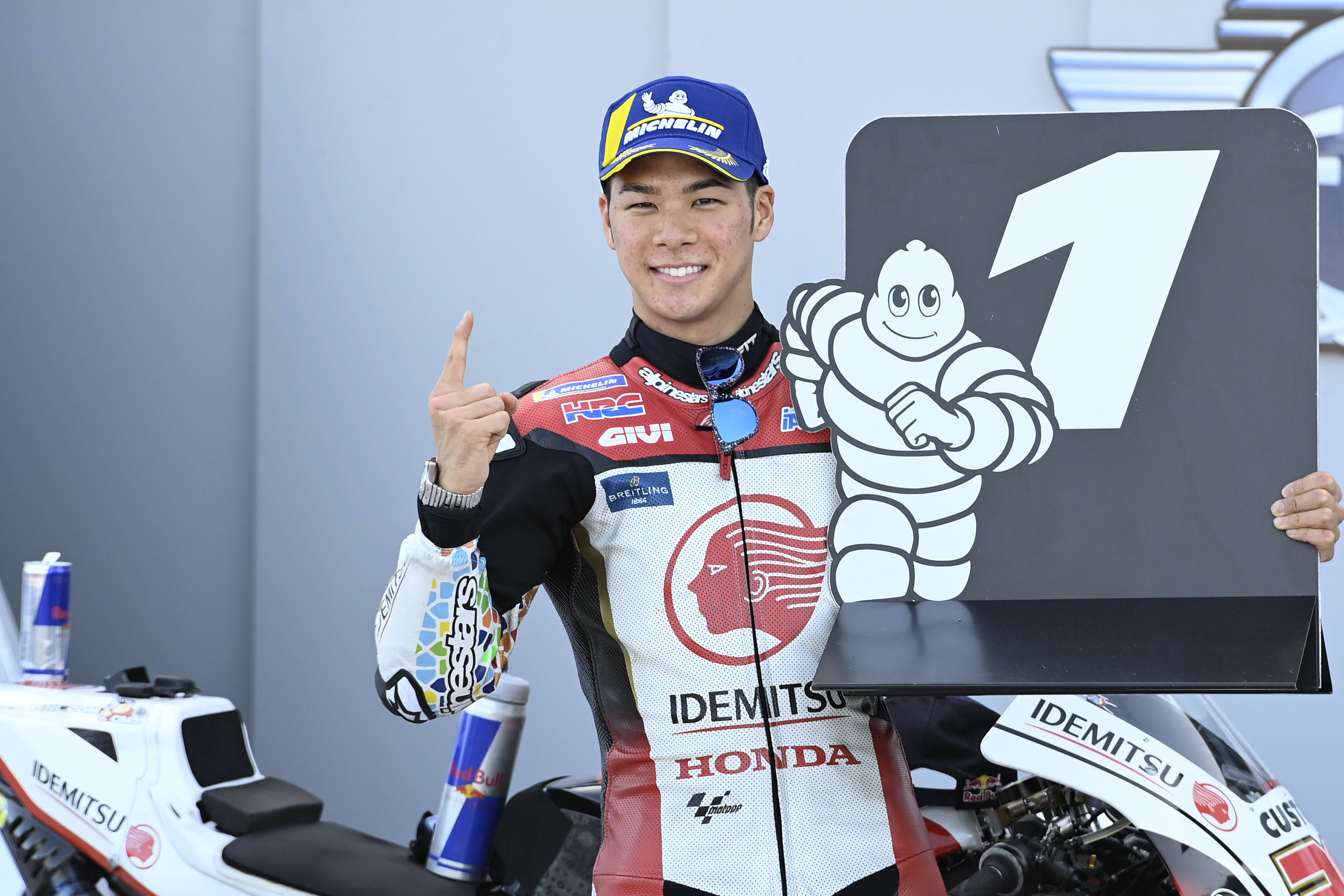
Except well, the recovered Nakagami would be upgraded from a 2018 bike to a 2019 version for the following year, and with that came the best season of his MotoGP career.
And it was also one in which Nakagami was the top Honda rider as Marquez’s Jerez crash dramatically changed its situation.
Honda can’t have known that was coming, but it sure could’ve used Zarco in 2020. Alex Marquez’s learning curve was steep enough to where Honda felt completely justified signing a different rider for his seat (for 2021) simply on the evidence of pre-season testing – and save for a couple of standout races it was a backmarking season for him, test rider Stefan Bradl and the injury-plagued Crutchlow.
More pertinently though, it properly kicked off the era of Honda’s rider line-up flux. It has never had a consistent cast of characters in the years since. Riders have been getting injured, yes, but they have also been flaming out, whether it was Pol Espargaro at the main team, Alex Marquez at LCR or now, until he can prove otherwise, Mir.
All of those riders committed to Honda without significant prior experience of its bike, and all clearly found it an uneasy fit. And maybe Zarco would’ve as well. As Marc Marquez put it at Silverstone: “Zarco is a good rider, but many good riders have passed through here.”
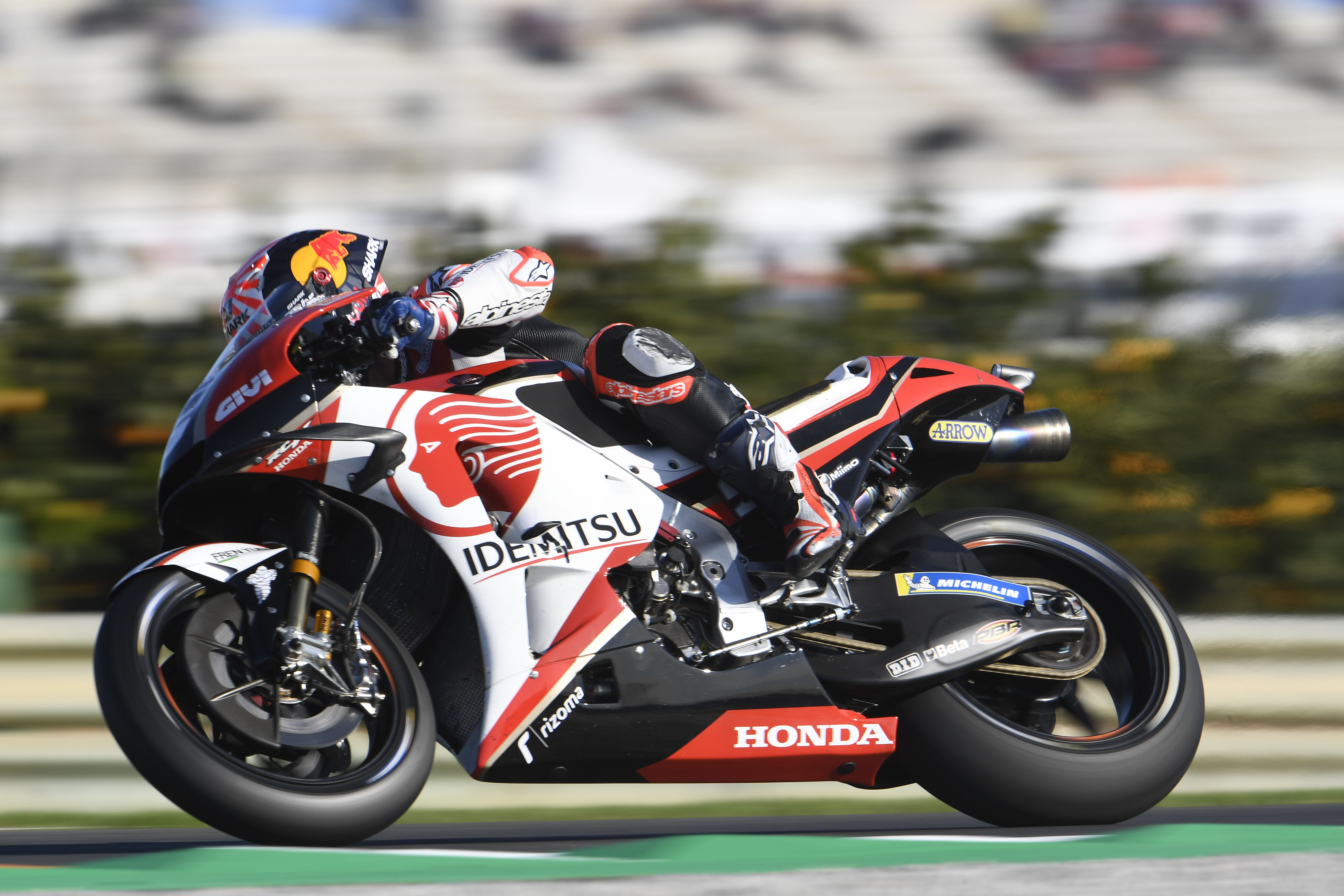
But Zarco’s LCR stint did at least leave the impression that he could make it work, that with a proper pre-season and development input he could’ve slotted in as a second option behind Marquez and helped steer the ship while the six-time champion battled his injuries.
He could’ve boosted Honda’s efforts in maintaining continuity from before Marquez’s injury to after his return, given that very development continuity is something Marquez seemed to feel had been lost in his absence.
Unless you’re really into the butterfly effect, Zarco’s arrival by itself won’t have changed Honda’s trajectory. But there was a reason Ducati got creative and turned on the charm to get him in the camp via Avintia. Remember, it wasn’t as simple as just plugging a hole – but instead took Avintia getting out of an existing deal with Karel Abraham.
Ducati’s reward has been several seasons of good, podium-delivering service, not to mention the welcome integration of Zarco into the testing and development process.
He is an asset Honda could’ve easily denied Ducati. But in its 2019 position, it’s clear why it didn’t feel it needed to. Whatever the other three riders alongside Marc Marquez brought to the table then was a bonus, and Honda being on top of the world meant there was no shortage of riders willing to give the RC213V a go.
There is certainly that shortage now, made as glaring as ever by Yamaha’s Alex Rins coup.
And Zarco’s potential availability, borne out of Ducati’s particular set of priorities over how its four works bikes will be distributed among riders in 2024 (and the desire for those riders to include Bezzecchi), is no longer a funky bonus like it was in 2019.
It is now instead something approaching a lifeline, one that could yet fall through should Bezzecchi elect to stay put on a VR46 bike, which would be another major indignity for Honda.
It feels baseless to suggest that Honda passing up on Zarco for 2020 was a glaring error given what was known then. But it does feel a lot less baseless to argue that, had it had a hindsight-infused chance at a do-over, it would’ve made keeping Zarco on an RC213V more of a priority then rather than having to go after him now.







